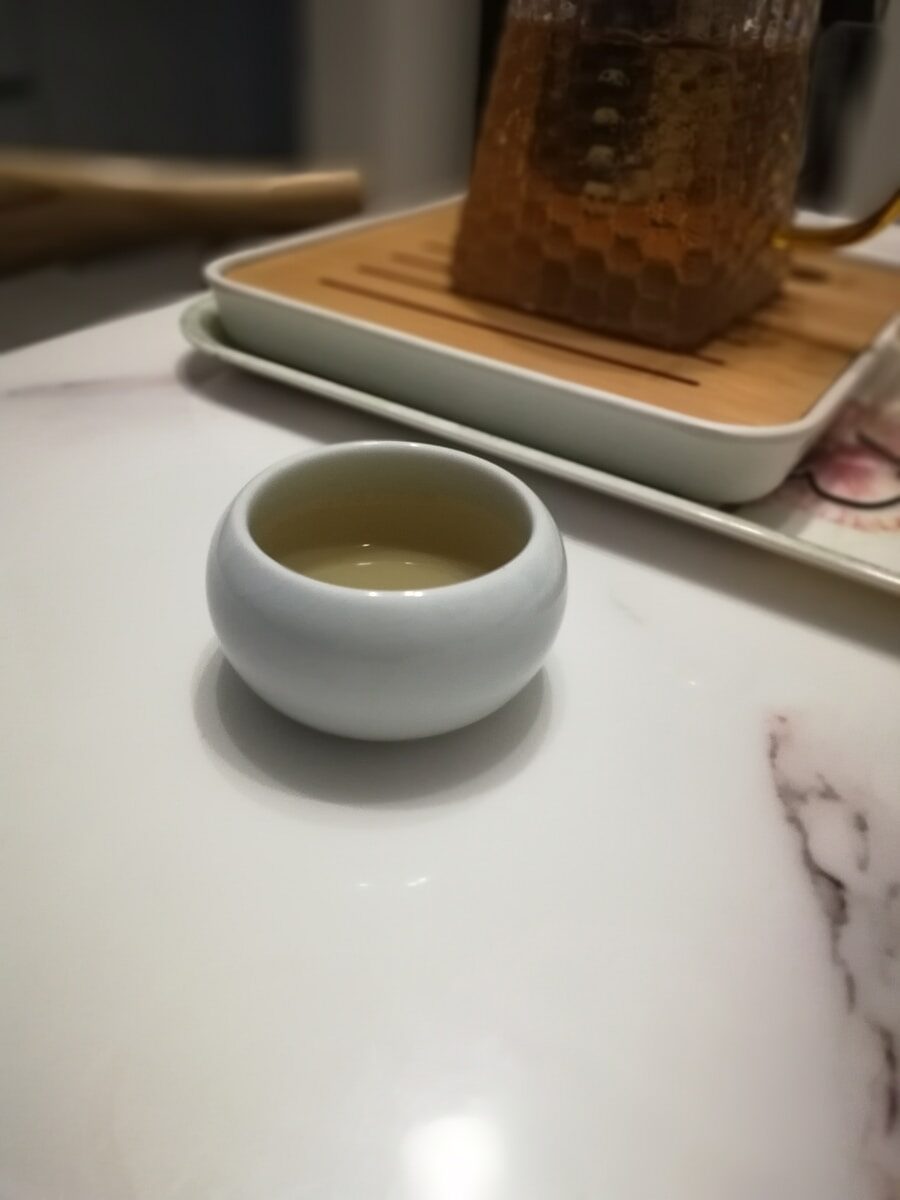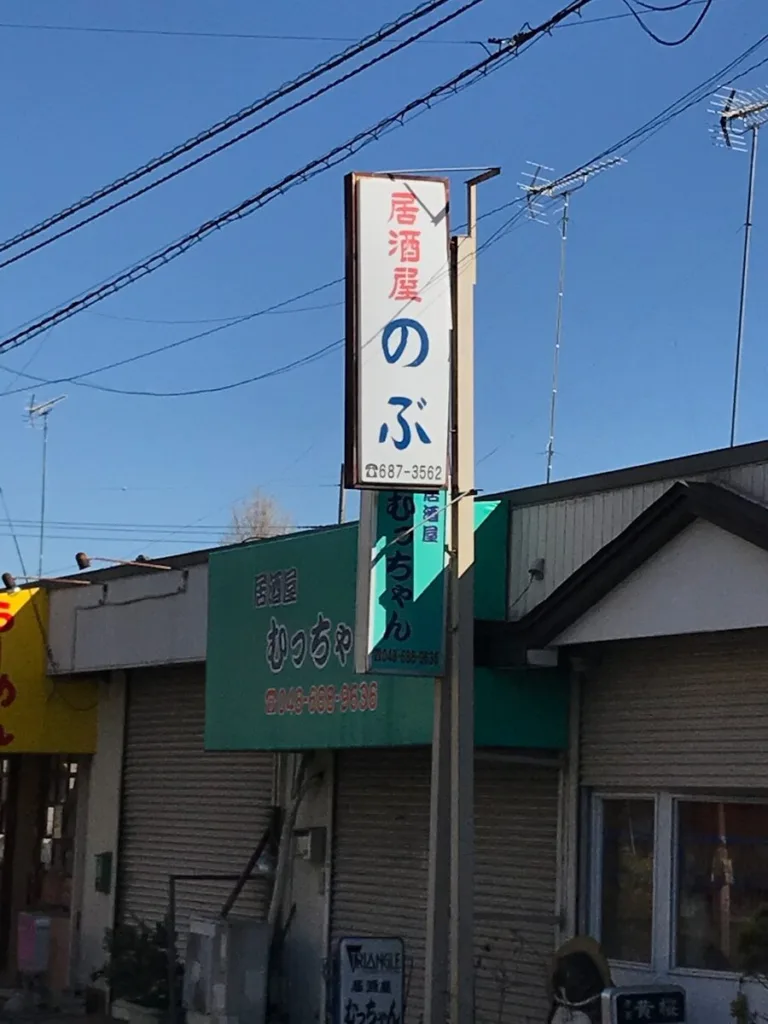Hot oil massage is a luxurious and therapeutic experience that offers a multitude of benefits for both the body and mind. One of the primary advantages of this type of massage is its ability to promote relaxation. The warmth of the oil penetrates deeply into the muscles, helping to release tension and alleviate stress.
This soothing effect can lead to a significant reduction in anxiety levels, making it an ideal choice for individuals seeking respite from the pressures of daily life. The combination of heat and gentle manipulation encourages the body to enter a state of tranquility, allowing for a more profound sense of well-being. In addition to relaxation, hot oil massage can enhance circulation throughout the body.
The application of warm oil stimulates blood flow, which can help deliver essential nutrients and oxygen to various tissues. Improved circulation not only aids in muscle recovery but also contributes to overall health by promoting the efficient removal of toxins from the body. Furthermore, the heat from the oil can help to dilate blood vessels, leading to increased blood flow and a more effective delivery of nutrients.
This physiological response can be particularly beneficial for individuals recovering from injuries or those with chronic pain conditions.
Key Takeaways
- Hot oil massage can help improve blood circulation, relieve muscle tension, and promote relaxation and stress relief.
- Choosing the right oil for your massage is important, as different oils have different properties and benefits for the skin and body.
- Before your hot oil massage, it’s important to prepare the space by ensuring it’s warm, comfortable, and free from distractions.
- Relaxing techniques used in hot oil massage include long, flowing strokes, gentle kneading, and rhythmic tapping to help release tension and promote relaxation.
- Hot oil massage can have rejuvenating effects on the skin, leaving it soft, supple, and moisturized.
Choosing the Right Oil for Your Massage
Popular Oil Options
Common choices include coconut oil, almond oil, and jojoba oil, each offering distinct benefits. Coconut oil, for instance, is renowned for its moisturizing properties and is easily absorbed by the skin. Its natural antibacterial qualities make it an excellent option for those concerned about skin health. Almond oil, on the other hand, is rich in vitamins A and E, which can nourish and rejuvenate the skin while providing a smooth glide during the massage.
Essential Oils for Added Therapeutic Effects
In addition to these popular options, essential oils can be incorporated into the massage for added therapeutic effects. Lavender oil is often favored for its calming properties, making it an excellent choice for individuals seeking stress relief. Eucalyptus oil, known for its invigorating scent, can help clear the mind and promote mental clarity.
Considerations for Oil Selection
When selecting an oil, it is essential to consider any allergies or sensitivities, as well as personal preferences regarding scent and texture. A knowledgeable massage therapist can provide guidance on the best oils to use based on individual needs and desired outcomes.
Preparing for Your Hot Oil Massage

Preparation is key to ensuring a successful hot oil massage experience. Before the session begins, it is advisable to create a calming environment that promotes relaxation. This can be achieved by dimming the lights, playing soft music, and ensuring that the room is at a comfortable temperature.
Additionally, having clean towels and sheets on hand will enhance hygiene and comfort during the massage. It is also beneficial to communicate with your massage therapist about any specific areas of tension or discomfort you may have, allowing them to tailor the session to your needs. Another important aspect of preparation involves personal hygiene.
Taking a warm shower before your massage can help open up your pores and prepare your skin for the absorption of oils. This not only enhances the effectiveness of the treatment but also contributes to an overall sense of cleanliness and comfort. Hydration is equally important; drinking water before and after your massage helps flush out toxins released during the treatment and supports overall bodily functions.
By taking these preparatory steps, you can maximize the benefits of your hot oil massage experience.
The Relaxing Techniques Used in Hot Oil Massage
| Technique | Description |
|---|---|
| Effleurage | Long, gliding strokes to relax the muscles and improve circulation |
| Petrissage | Kneading and squeezing motions to release tension and improve flexibility |
| Friction | Circular movements to target specific areas of tension and promote relaxation |
| Vibration | Gentle shaking or trembling motions to soothe the muscles and calm the nervous system |
| Hot Oil | Warm oil used to enhance the massage experience and nourish the skin |
Hot oil massage employs various techniques designed to promote relaxation and relieve tension in the body. One common method is effleurage, which involves long, sweeping strokes that glide over the skin. This technique not only warms up the muscles but also helps to establish a connection between the therapist and client, fostering a sense of trust and comfort.
Effleurage is often used at the beginning and end of a session to create a soothing rhythm that calms the nervous system. Another technique frequently utilized in hot oil massage is petrissage, which involves kneading and squeezing the muscles. This method targets deeper layers of muscle tissue and can be particularly effective in releasing knots and tightness.
The combination of heat from the oil and these manipulative techniques allows for a more profound release of tension compared to traditional massage methods. Additionally, therapists may incorporate stretching movements to enhance flexibility and range of motion, further contributing to relaxation and rejuvenation.
The Rejuvenating Effects of Hot Oil Massage
The rejuvenating effects of hot oil massage extend beyond mere relaxation; they encompass physical revitalization as well. The warmth of the oil helps to increase metabolic activity within muscle tissues, promoting healing and recovery after physical exertion. This can be especially beneficial for athletes or individuals who engage in regular physical activity, as it aids in reducing muscle soreness and stiffness.
The enhanced circulation resulting from hot oil application also supports cellular regeneration, leading to healthier skin and improved overall vitality. Moreover, hot oil massage can have profound effects on mental clarity and emotional well-being. The combination of soothing touch and aromatic oils creates an immersive sensory experience that can elevate mood and reduce feelings of fatigue or lethargy.
Many individuals report feeling more energized and focused after a session, as the release of endorphins during massage contributes to an overall sense of happiness and contentment. This rejuvenation extends beyond the physical realm, fostering a holistic sense of balance that can positively impact daily life.
Aftercare Tips for a Hot Oil Massage

Hydration is Key
One key recommendation is to continue hydrating after the session; drinking water helps flush out any toxins released during the massage while replenishing fluids lost through perspiration. Staying hydrated supports overall health and enhances skin elasticity, allowing you to maintain that post-massage glow.
Rest and Relaxation
It is also advisable to avoid strenuous activities immediately after a hot oil massage. Giving your body time to rest allows it to fully absorb the benefits of the treatment. Gentle stretching or light walking can be beneficial if you feel inclined to move; however, high-impact exercises should be postponed for at least 24 hours.
Locking in Hydration
Additionally, consider applying moisturizer or additional oil to your skin after your massage to lock in hydration and prolong the effects of the treatment. By following these aftercare tips, you can ensure that your hot oil massage experience continues to provide benefits long after you leave the treatment room.
Hot Oil Massage for Stress Relief
Hot oil massage has gained recognition as an effective method for alleviating stress in today’s fast-paced world. The combination of warmth from the oil and rhythmic strokes creates an environment conducive to relaxation, allowing individuals to disconnect from their daily worries. As stress levels decrease, so too do symptoms associated with anxiety, such as elevated heart rate and muscle tension.
The soothing nature of hot oil massage encourages mindfulness, enabling clients to focus on their breath and bodily sensations rather than external stressors. Furthermore, studies have shown that regular hot oil massages can lead to long-term reductions in stress levels. By incorporating this practice into one’s self-care routine, individuals may find themselves better equipped to handle life’s challenges with resilience and calmness.
The release of endorphins during massage not only promotes feelings of happiness but also fosters a sense of emotional stability that can carry over into daily life. As such, hot oil massage serves as both an immediate remedy for stress relief and a proactive approach to maintaining mental well-being.
Hot Oil Massage for Pain Relief
In addition to its stress-relieving properties, hot oil massage is also highly effective for pain relief. The application of warm oil helps soothe sore muscles and joints by increasing blood flow to affected areas, which can alleviate discomfort associated with conditions such as arthritis or fibromyalgia. The heat penetrates deeply into muscle tissues, promoting relaxation and reducing stiffness that often accompanies chronic pain conditions.
Moreover, hot oil massage can be particularly beneficial for individuals recovering from injuries or experiencing acute pain due to overexertion or strain. The combination of heat therapy with skilled manipulation allows therapists to target specific areas of discomfort while promoting overall healing throughout the body. Many clients report significant reductions in pain levels following a session, often leading to improved mobility and quality of life.
By integrating hot oil massage into pain management strategies, individuals can experience enhanced relief that complements other therapeutic approaches.
If you are interested in exploring other holistic wellness practices, you may want to consider trying foot reflexology. According to this article, foot reflexology can provide numerous benefits such as stress relief, improved circulation, and enhanced energy levels. Another article worth checking out is this one which delves into the soothing effects of aromatherapy massage. These practices, along with hot oil massage, can all contribute to a sense of relaxation and well-being.






